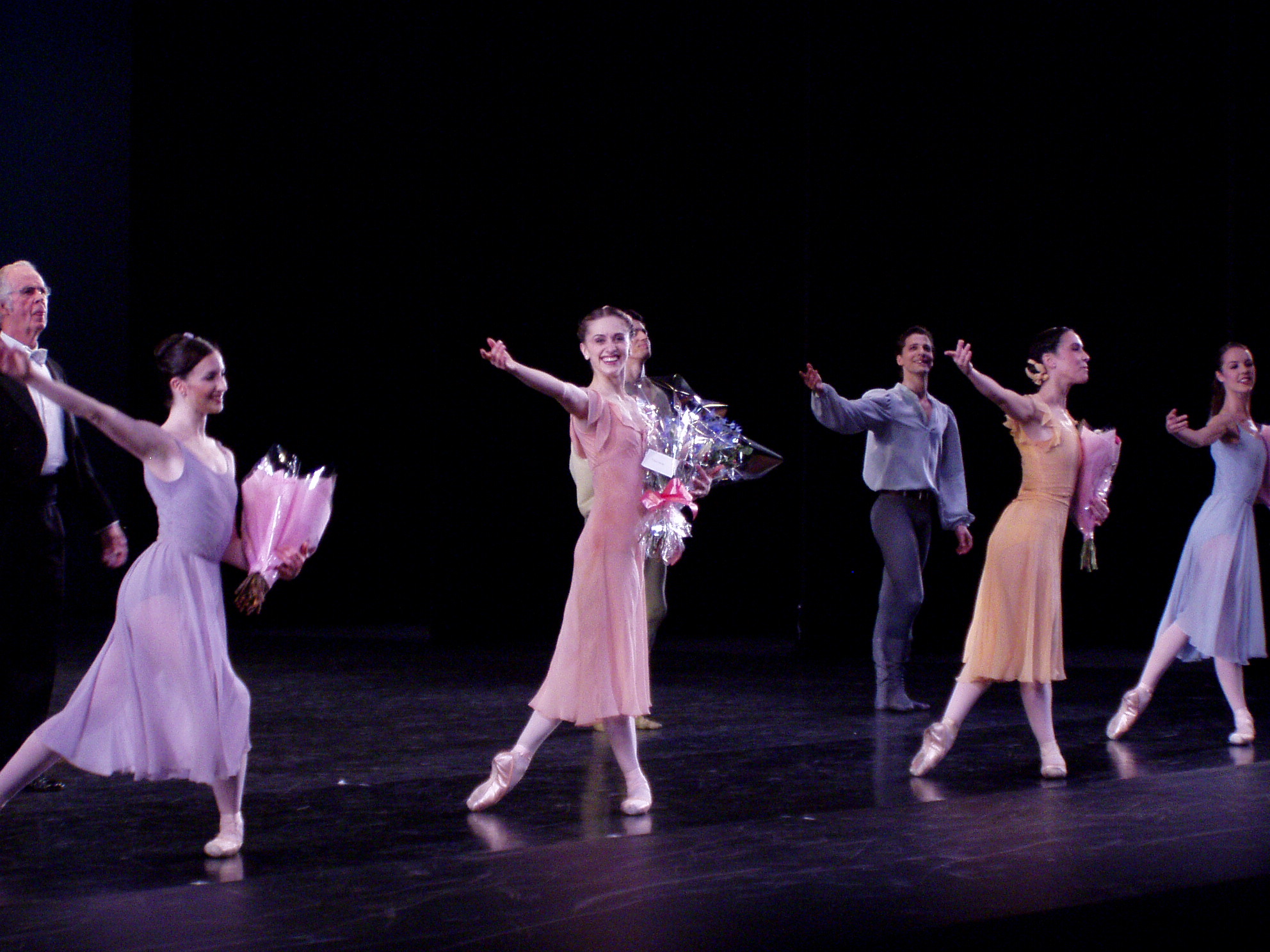 The Royal Ballet Benevolent Fund and the Dance Teachers’ Benevolent Fund have recently announced the merging of the two organisations, following extensive liaison between the charities. In the joining of the organisations, the Royal Ballet Benevolent Fund will continue as a registered charity, remaining as an important dance welfare organisation for dancers.
The Royal Ballet Benevolent Fund and the Dance Teachers’ Benevolent Fund have recently announced the merging of the two organisations, following extensive liaison between the charities. In the joining of the organisations, the Royal Ballet Benevolent Fund will continue as a registered charity, remaining as an important dance welfare organisation for dancers.
The Royal Ballet Benevolent Fund was founded almost 80 years ago, in 1936. It aims to provide grants, bursaries, advice and support to current and former members of the UK dance profession. More recently, the Dance Teachers’ Benevolent Fund was founded in 1979, and provides financial and practical assistance to qualified dance teachers of any age. The aim of the merger is for the new organisation to serve the needs of deserving professionals in the world of dance more fully, offering a cohesive level of support to a wider range of professionals who are in need of it.
In 1936, the Vic Wells Ballet Fund was established to help the struggling company at Sadler’s Wells Theatre recover its financial difficulties. At this time, the focus of the fund was on the funding of ballets which were being created. In 1942 it gave grants to dancers serving overseas in the war, and in 1943 the first welfare grant was given to a Sadler’s Wells dancer, following a knee injury, so the dancer could be financially supported while they were unable to work. The fund changed its names too when Sadler’s Wells Ballet became the Royal Ballet in 1956, and since then the fund has reached out to more dancers, beyond the original grants made only to members of the Royal Ballet.
As a result of its work, the Royal Ballet Benevolent Fund is the largest UK welfare charity offering support for professional dancers in the classical and contemporary dance fields, during their careers and also once they have retired. The fund aims to support dancers despite any problem, be it injury or illness, or even the effects of financial hardship or loneliness. The fund also offers support and help for choreographers, choreologists and dance teachers.
